Chicken Pox
If you suspect chickenpox, contact your general practitioner, pediatrician, or infectious disease specialist. Our Dermatology of Southeastern Ohio skin experts can create a personalized treatment plan for scarring or skin-related issues during the recovery phase.
Examples of Chicken Pox
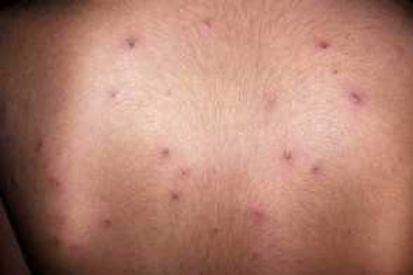
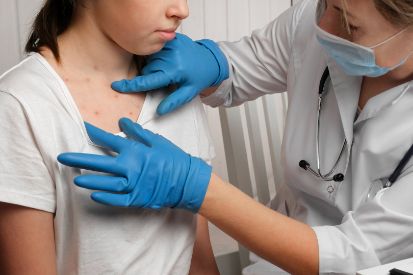
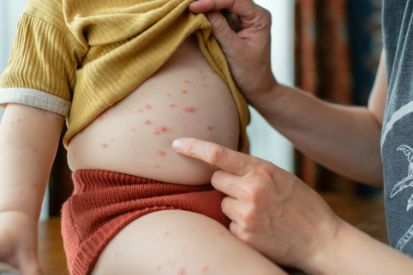
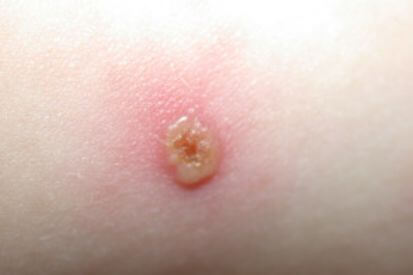
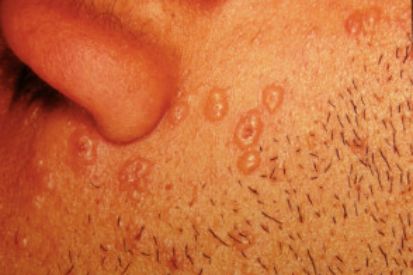
What are the Symptoms of Chickenpox?
- Rash: Itchy rash or red spots on the face, chest, and back before spreading to other parts of the body.
- Fever: Many individuals with chickenpox develop a moderate to high fever.
- Fatigue.
- Headache: Headaches may occur.
- Loss of Appetite: People with chickenpox may have a reduced desire to eat.
- Sore Throat: A mild sore throat can occur.
Causes of Chickenpox
- Chickenpox is caused by the varicella-zoster virus (VZV).
- It is highly contagious and spreads through respiratory droplets from infected individuals.
- Direct contact with the fluid from chickenpox blisters can also transmit the virus.
- The virus can be airborne, making it easily transmissible in crowded environments.
How to Prevent Chickenpox
Chicken Pox FAQs
While chickenpox blisters can leave temporary scars, proper care and avoiding scratching can minimize scarring. It's important not to scratch the blisters to prevent infection and reduce the risk of scarring. Once the blisters crust over and heal, the risk of scarring diminishes.
In most cases, individuals with chickenpox can be managed by general healthcare providers, such as pediatricians or family medicine physicians. However, consultation with your dermatologist may be considered in situations involving complications, severe itching, or specific populations like pregnant women, adults, or immunocompromised individuals. If you have concerns about the course of the illness, contact your primary healthcare provider first, and they can involve specialists as needed.
To relieve itching from chickenpox, individuals can try the following:
- Taking cool baths with added baking soda or colloidal oatmeal.
- Applying calamine lotion to the affected areas.
- Wearing loose, lightweight clothing to avoid further irritation.
- Taking over-the-counter antihistamines (under the guidance of a healthcare professional) to reduce itching.
It's important not to scratch the blisters, as this can lead to infection and scarring.
How do you Treat Chickenpox?
While dermatologists primarily specialize in skin conditions, they may not be the first line of care for chickenpox. General practitioners, pediatricians, or infectious disease specialists often manage chickenpox cases. However, if complications arise, or if there are concerns about scarring or skin-related issues during the recovery phase, one of our dermatologists may become involved in the treatment plan.
Featured Products
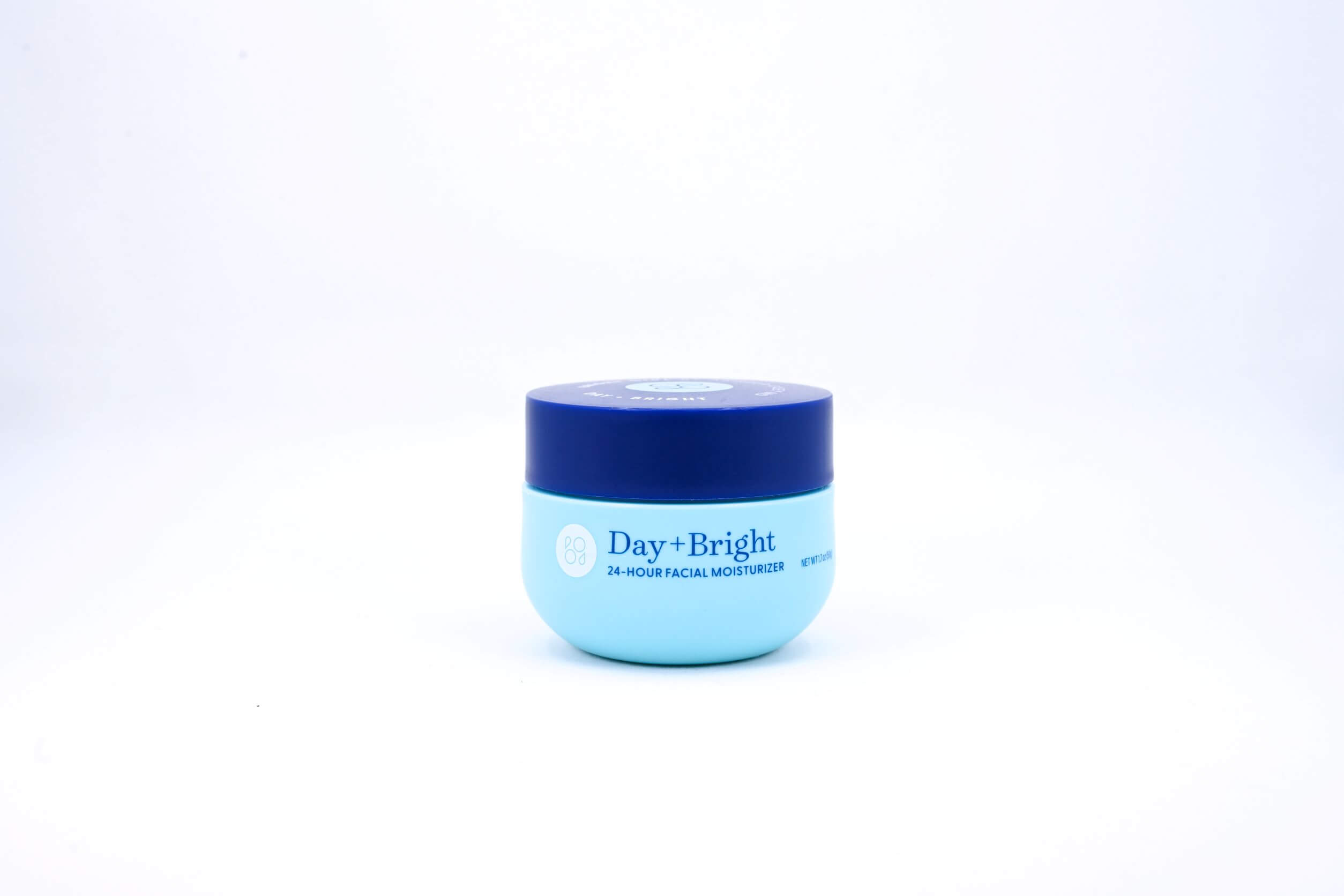
Bright Girl Facial Moisturizer
Hydrate with Bright Girl Day + Bright Facial Moisturizer. Packed full of supportive actives (see the full ingredient list), this nongreasy non-irritating moisturizer absorbs elegantly into skin, providing just the right amount of all day hydration without clogging pores. pHbalanced (pH= 5.8-7) to work perfectly with the skin’s microbiome. 1.7 OZ (50 G)
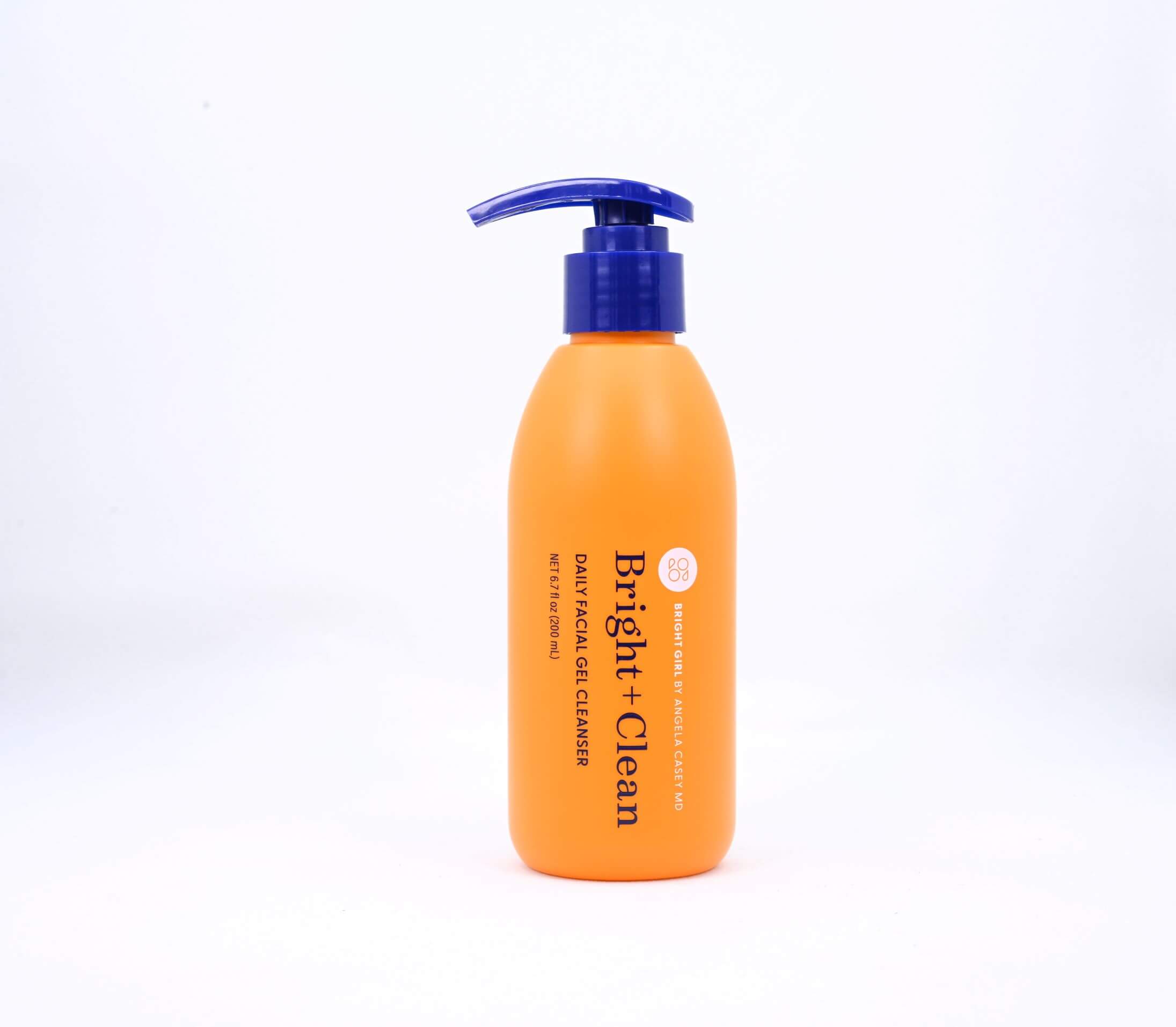
Bright Girl Gel Facial Cleanser
Bright+Clean Gel Facial Cleanser is a pH-balanced cleanser (pH= 5.5-6.5) is designed to work with your skin’s barrier while washing away dirt, sweat, and make-up. Bright+Clean cleanses and nourishes with a subtle natural fragrance that is designed to positively reinforce consistent use. 6.7 FL OZ (200 ML)
